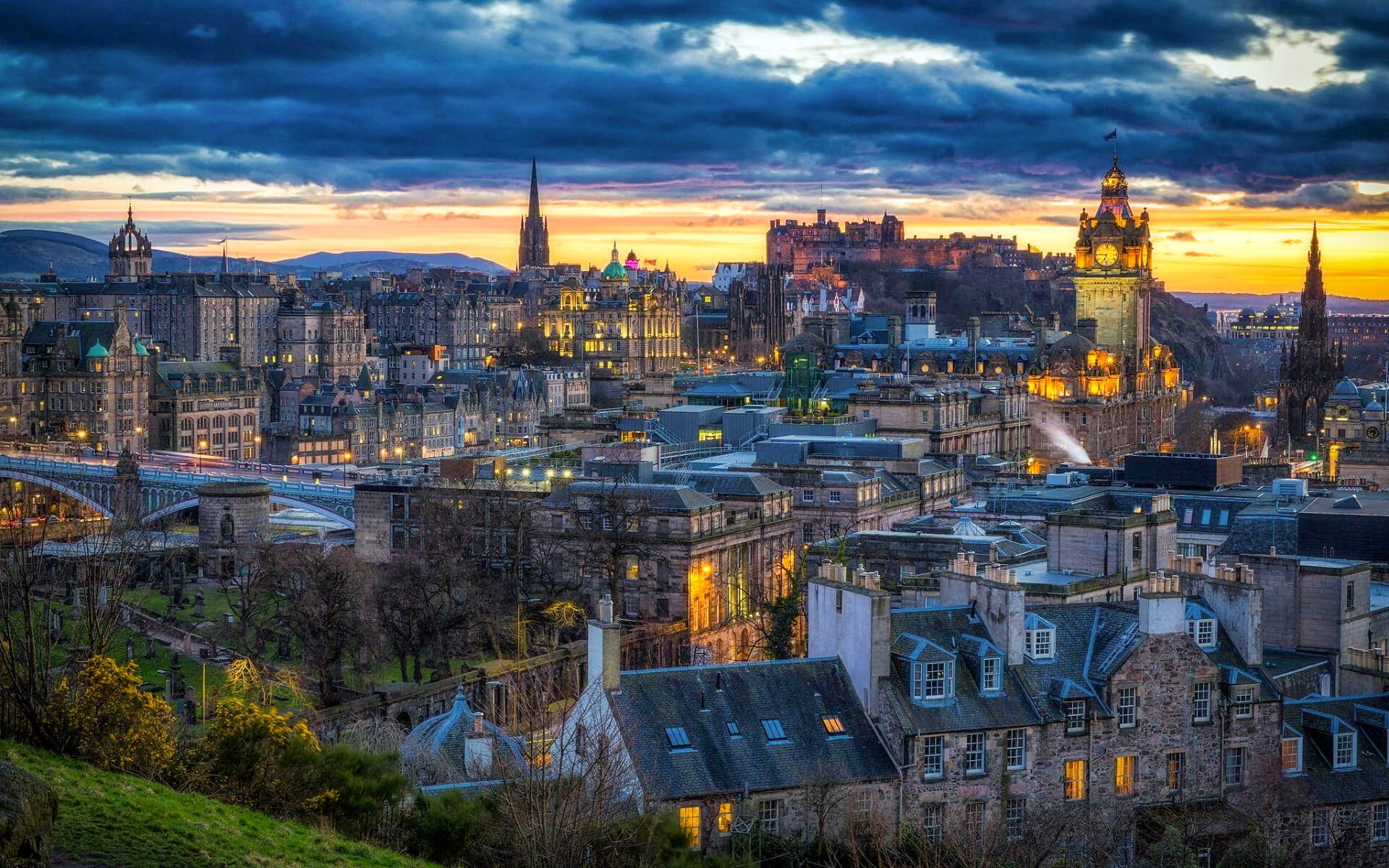Edinburgh is Scotland’s capital city and one of the country’s 32 local government council regions. It is Scotland’s second most populous city and the United Kingdom’s seventh most populated city, located in Lothian on the southern bank of the Firth of Forth. The city of Edinburgh has a population of 464,990 people, while the local authority area has a population of 492,680. Edinburgh is the largest city in the Edinburgh & South East Scotland City Region, with a population of 1,339,380 people in 2014. Edinburgh, Scotland’s capital since at least the 15th century, is home to the Scottish Parliament and the monarchy’s seat in Scotland. The city also hosts national institutions such as the National Museum of Scotland, the National Library of Scotland, and the Scottish National Gallery, as well as the General Assembly of the Church of Scotland. After London, it is the UK’s biggest financial center.
The city has long been a center of education, notably in the disciplines of medical, Scots law, literature, science, and engineering, despite being historically part of Midlothian. In 2013 and 2014, the University of Edinburgh, which was established in 1582 and is currently one of four in the city, was ranked 17th in the QS World University Rankings. The Edinburgh International Event and the Fringe, the latter being the world’s biggest yearly international arts festival, are both well-known in the city. The historical and cultural features of the city have made it the United Kingdom’s second most popular tourist destination, behind London, with over one million international tourists each year. Edinburgh Castle, Holyrood Palace, the churches of St. Giles, Greyfriars, and the Canongate, as well as the massive Georgian New Town created in the 18th century, are all historic landmarks. Edinburgh’s Old Town and New Town are both UNESCO World Heritage Sites, and Edinburgh World Heritage has been in charge of managing both since 1999.


